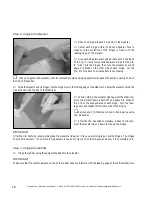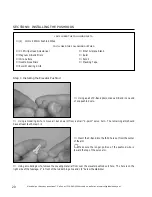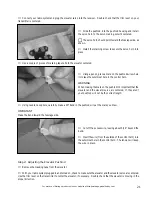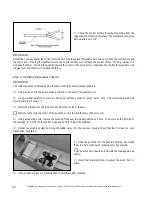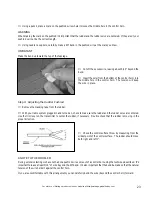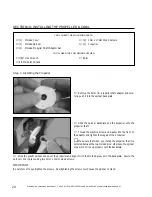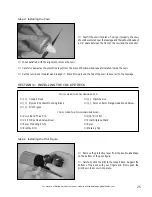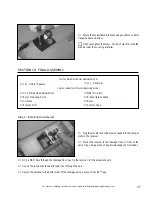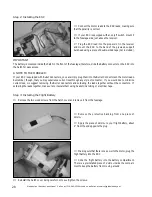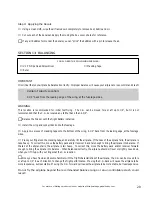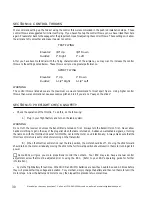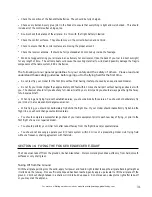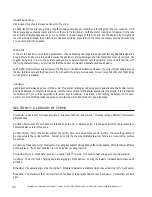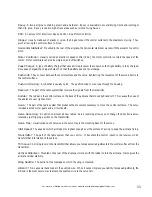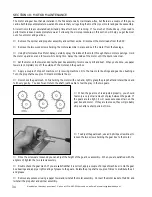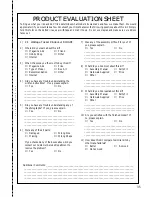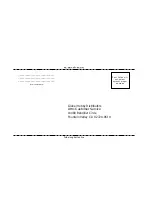
32
Need help or have any questions? Call us at 1-714-963-0329 or send us an Email at service@globalhobby.net
C/A Glue:
An acronym for Cyanoacrylate. It dries very fast like "Super Glue." It comes in many different formulas for
different uses.
Center of Gravity:
Most commonly referred to as the CG or balance point, it is the point at which the airplane is in
complete balance in all three axes.
Control Horn:
Part of the control system, the control horn is mounted to the control surface. It allows the pushrod to
be connected to the control surface. Almost all control horns are adjustable to allow for more or less control surface
movement.
Covering:
Made out of vinyl or polyester. Covering has heat sensitive adhesive that, when heated, sticks to the wood frame
of the airplane. The Fokker uses real iron-on polyester covering material.
Covering Iron:
A small hand-held iron, usually Teflon
®
coated. It is used to heat and apply covering material.
Cycling:
The act of fully charging and discharging the flight battery. Cycling the battery increases performance and
duration.
Dihedral:
The upward angle of each wing half. Dihedral creates more stability which makes learning to fly much easier.
Elevator:
The elevator is the control surface on the back of the airplane that moves up and down. This surface controls
pitch.
Hand Launching
Hand Launching should always be done into the wind.
To hand-launch the airplane, gently grasp the fuselage between your thumb and forefingers at the C.G. location. Hold
the airplane above shoulder level and turn on the motor to full power. With the motor running at full power, firmly toss
the airplane straight ahead and level. Do not throw it up at an angle or throw it hard. Let the airplane fly straight and
level to pick up airspeed, then climb to your desired altitude. Be careful not to climb too steeply after hand-launching
or you could stall the airplane.
In the Air
In the air the Fokker is smooth and predictable. It has a broad speed range and doesn't exhibit any bad characteristics.
Flying should be done in a large park because the airplane is somewhat larger and flies faster than most slow-flyers. We
suggest flying only in low to non-existent winds until you become familiar with the airplane. Once you are familiar with
the flying characteristics, you will realize that the Fokker will handle moderate winds quite easily.
With higher control throws and full power, the Fokker will do basic aerobatics with ease. If you're into just putting around
the sky, throttle down and the Fokker will fly with authority at very slow speeds. You will also find that your flight times
will be greatly increased!
Landing
Landings should always be done into the wind. Prepare for landing by reducing power and allowing the Fokker to slow
down and descend. Just before touch-down, turn the motor off and let the airplane settle near the ground. Flair just before
touch-down and you will be rewarded with a slow 3-point landing. As always, when landing, be careful not to over-
control. Over-controlling leads to excessive oscillations which don't make for good landings.
SECTION 17: GLOSSARY OF TERMS

